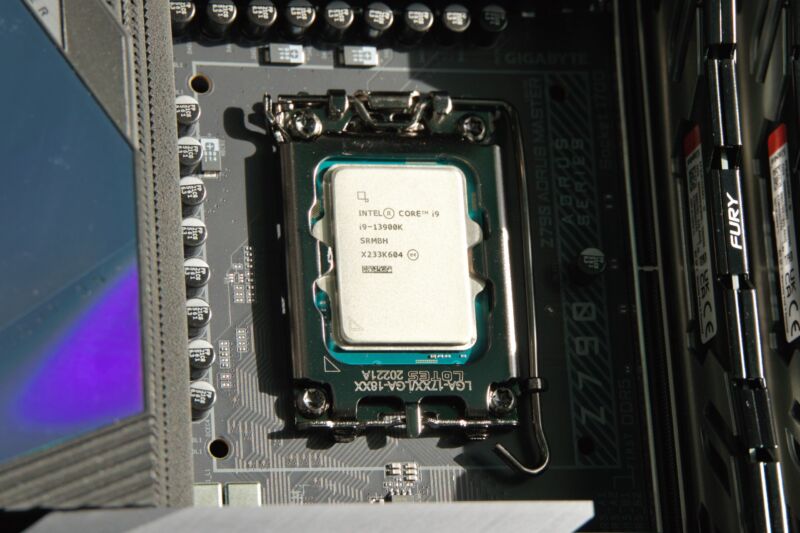
When AMD brought the first Ryzen processors to desktops in 2017, the chips' secret weapon was cores. AMD couldn’t match Intel’s number of instructions-per-clock or hit the same clock speeds, but what it could do was sell you six or eight reasonably performant processor cores at the same price Intel charged for four.
The 12-core and 16-core options came a couple years later, bringing high-end workstation performance to much less expensive PCs—and forcing Intel to follow suit. That brought down costs. In 2014, an 8-core CPU cost $999 on top of a pricey workstation motherboard; today, you can get 8-core chips for less than $300 and pop them into an $80 board if you want.
Five years after Ryzen debuted, the shoe is on the other foot. AMD now has the technological lead, in terms of instructions-per-clock, CPU manufacturing, and power efficiency. But by throwing more cores at the problem and pricing its chips aggressively, Intel has put together a desktop lineup that’s easier to recommend than AMD’s, even though AMD just fielded its fastest desktop processor lineup ever.
“More cores” isn’t all there is to Intel’s 13th-generation "Raptor Lake" CPUs, but it’s pretty dang close. Given the similarities to the previous chip generation and the increase in Intel's topline power consumption figures, I didn't come to these new CPUs expecting to be impressed. Color me wrong—Zen 4 and Ryzen 7000 are more interesting, but Intel's 13th-gen chips are a lot easier to recommend.
Reader Comments (322)
View comments on forumLoading comments...